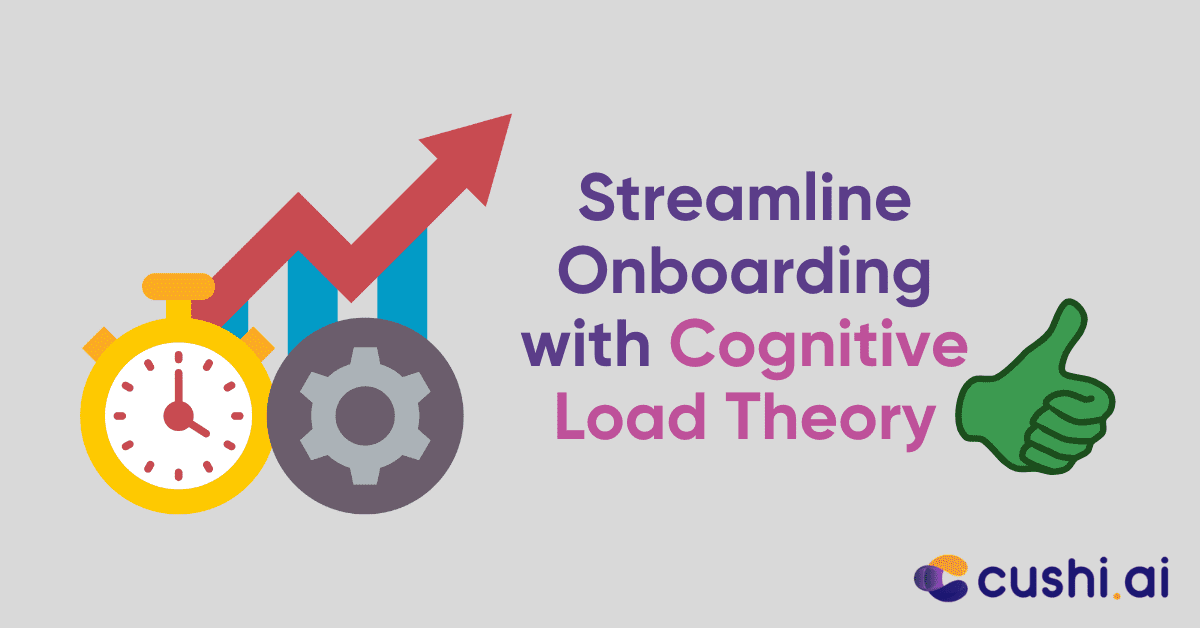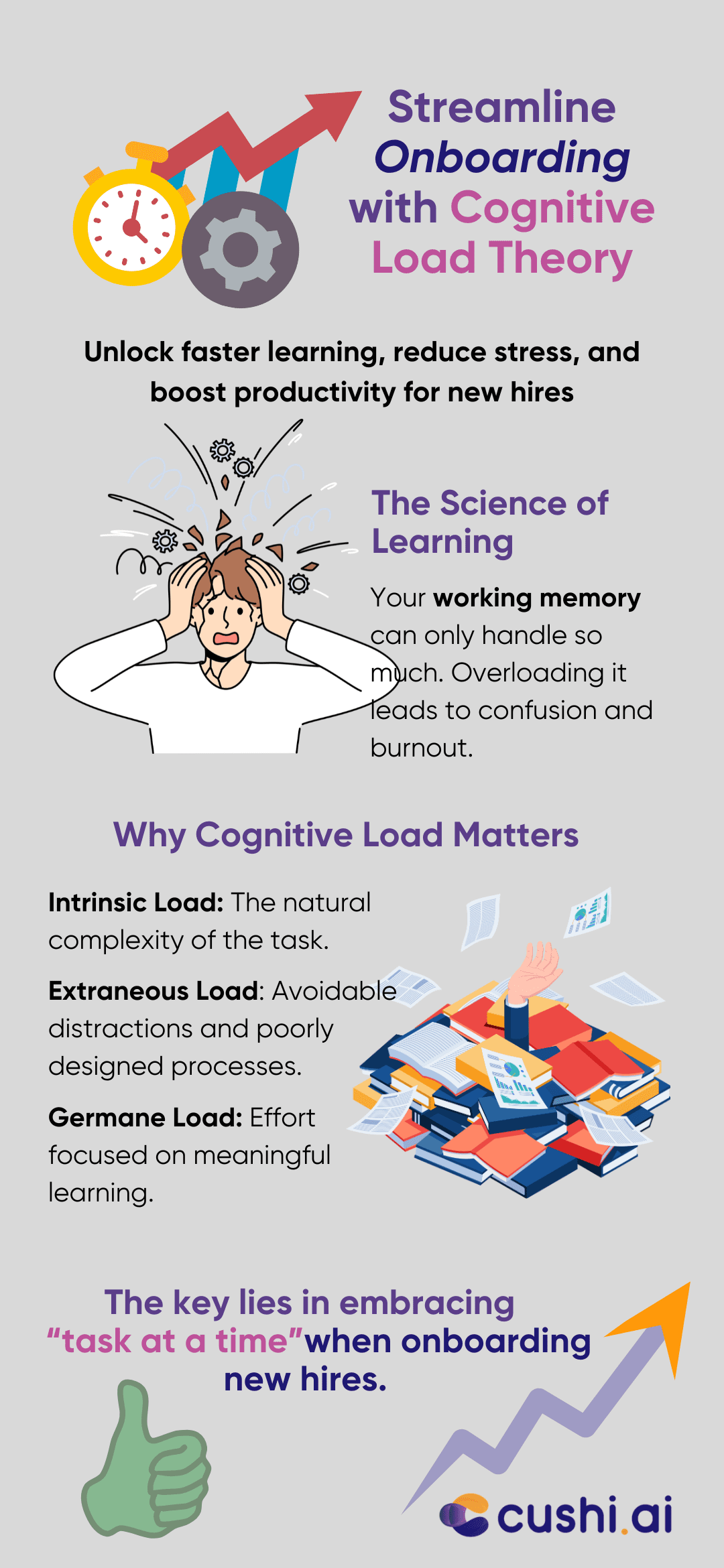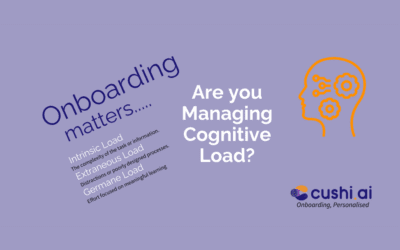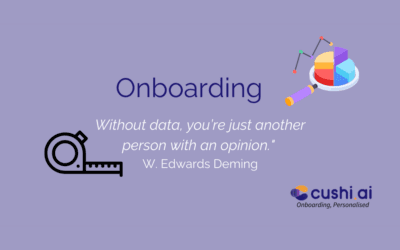Introduction: Navigating the Onboarding Maze
Imagine stepping into a bustling library, tasked with finding a single book, but every aisle looks identical, and the catalogue system is entirely new to you. Overwhelming, isn’t it? For new hires, the onboarding process can feel just like this—an overload of information, unfamiliar systems, and the pressure to get up to speed quickly. This is where Cognitive Load Theory (CLT) comes into play, offering a scientifically backed approach to make onboarding more efficient, less stressful, and ultimately more successful.
In this blog post, we’ll explore the relevance of Cognitive Load Theory in onboarding, its benefits for organisations and employees, and actionable strategies for implementing it in your workplace.
Understanding Cognitive Load Theory: The Science Behind Learning
Cognitive Load Theory, pioneered by John Sweller in the 1980s, is rooted in the idea that our working memory has a limited capacity. There are three types of cognitive load:
- Intrinsic Load: The inherent difficulty of the task or information being learned.
- Extraneous Load: Unnecessary or poorly designed information that hinders learning.
- Germane Load: The mental effort dedicated to creating meaningful learning connections.
Effective onboarding reduces extraneous load and optimises intrinsic and germane loads to enhance learning retention and employee engagement.
Why Cognitive Load Matters in Onboarding
For new hires, onboarding is more than a mere introduction to company policies—it’s the foundation for their future performance and job satisfaction. When cognitive load is mismanaged, the outcomes are clear: confusion, decreased productivity, and even employee turnover. According to research by the Society for Human Resource Management (SHRM), a strong onboarding process can improve employee retention by 82% and productivity by over 70%.
Integrating CLT principles helps in structuring onboarding processes that are easier to digest, fostering confidence in new employees, and ensuring they can apply their learning effectively.
Breaking Down the Overload: Practical Applications of CLT
Here’s how Cognitive Load Theory can transform your onboarding process:
1. Simplify and Sequence Information
Chunking information into smaller, manageable pieces is a cornerstone of CLT. Instead of overwhelming employees with exhaustive manuals or multiple tools on day one, provide bite-sized learning modules focusing on one concept at a time.
For example:
- Day 1: Company overview and team introductions.
- Day 2: Role-specific tools and processes.
- Week 1: Hands-on, guided practice with key tasks.
2. Use Visuals and Demonstrations
Research shows that humans process visuals 60,000 times faster than text. Incorporating flowcharts, videos, and infographics can significantly reduce extraneous load by making complex processes visually intuitive.
3. Encourage Active Engagement
Active learning, such as role-playing or scenario-based exercises, promotes germane load by helping new hires connect theoretical knowledge with practical application. Tools like simulations or guided tasks are excellent for this purpose.
4. Provide Immediate Feedback
Feedback loops are crucial for learning reinforcement. Constructive feedback helps employees adjust their understanding and approach without cognitive overload caused by prolonged uncertainty.
5. Integrate Just-in-Time Learning
Instead of front-loading all information, provide resources on-demand. For instance, a searchable knowledge base or chatbot can address queries as they arise, reducing the need to memorise everything immediately.
Success Stories: Companies Getting It Right
Consider Google’s onboarding process, where new hires receive a personalised agenda, a mentor, and structured weekly milestones. This thoughtful approach ensures employees acclimate without feeling overwhelmed, embodying CLT principles effectively.
Similarly, Cushi.ai leverages task-focused microlearning modules tailored to individual needs. By embracing cognitive load principles, it ensures that each new hire masters tasks efficiently, contributing to seamless onboarding and better performance outcomes.
Conclusion: Make Cognitive Load Theory Your Onboarding Ally
By adopting Cognitive Load Theory, organisations can create onboarding programmes that resonate with how employees naturally learn. This doesn’t just benefit the individual—it boosts overall organisational efficiency, culture, and long-term success.
Now is the time to reassess your onboarding strategy. Are you overwhelming your new hires, or are you guiding them with clarity and purpose? By focusing on cognitive load, you can make onboarding not just a process but an empowering experience.
Takeaways
- Cognitive Load Theory explains how to manage working memory for effective learning.
- Mismanaged cognitive load in onboarding leads to stress, confusion, and high turnover rates.
- Structured, bite-sized information delivery improves learning and retention.
- Visual aids, active engagement, feedback loops, and just-in-time learning are key strategies.
Tips for the Workplace
- Audit Your Onboarding Materials: Identify and eliminate redundant or overly complex information.
- Create Learning Pathways: Design role-specific, step-by-step onboarding modules.
- Invest in Tools: Use platforms like Cushi.ai for personalised, task-focused learning.
- Monitor and Adapt: Gather feedback from new hires to continually refine the onboarding process.
- Leverage Mentorship: Pair new hires with experienced colleagues to guide them through learning.
References
- Sweller, J. (1988). Cognitive load during problem-solving: Effects on learning. Cognitive Science. https://onlinelibrary.wiley.com/doi/10.1207/s15516709cog1202_4
- Society for Human Resource Management (SHRM). (2019). The impact of effective onboarding. https://www.shrm.org/
- Mayer, R. E. (2005). Cognitive Theory of Multimedia Learning. Cambridge University Press. https://doi.org/10.1017/CBO9780511816819






0 Comments